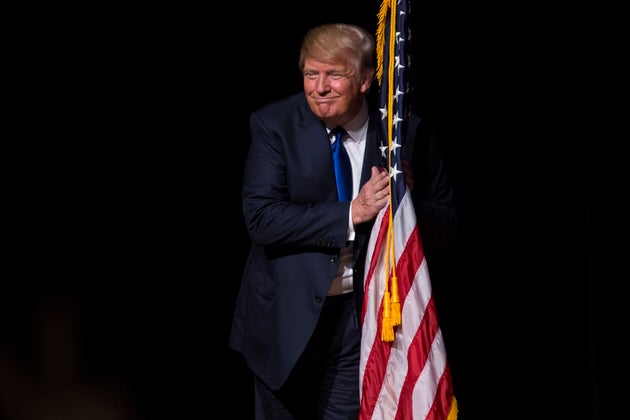
As the world anxiously awaited US confirmation of reports that General Qassem Soleimani, a top Iranian military official and one of the most powerful individuals in the Middle East, had been killed in an airstrike on the Baghdad airport Commander in Chief Donald Trump signed on to Twitter for the first time in 12 hours and posted a low-quality, slightly pixelated picture of an American flag.
The tweet, which contained no words, was an apparent jingoistic confirmation of the US assassination mission, which also killed Abu Mahdi al-Muhandis, a pro-Iranian militia leader in Iraq. It was a perfectly Trumpian response to a move that national security analysts warned represented an aggressive escalation against Iran, a country with a proven ability to deploy proxy forces across the Middle East to wage asymmetric warfare against comparatively more powerful adversaries.
The Pentagon confirmed the attack shortly after Trump’s tweet, describing it as a “defensive action” carried out “at the direction of the President” to prevent Iranian attacks against Americans. The White House issued a similar statement but provided no information about the legal justification for the attack or plans to mitigate the risk of blowback.
Trump’s flag tweet did little to dispel concerns that perhaps the Trump administration hadn’t thoroughly contemplated the legality of the attack, the immediate risk of retaliation to Americans abroad or the possibility of launching another protracted war in the Middle East with no obvious way out.
“A flag is not a strategy,” Samantha Power, former US ambassador to the United Nations, tweeted. “Trump is surrounded by sycophants (having fired those who’ve dissented). He has purged Iran specialists. He has abolished NSC processes to review contingencies. He is seen as a liar around the world. This is likely to get very ugly very quickly,” Power wrote.
“The assholes start a war with Iran and tweet out clip art,” Tommy Vietor, former spokesperson for President Barack Obama, tweeted.